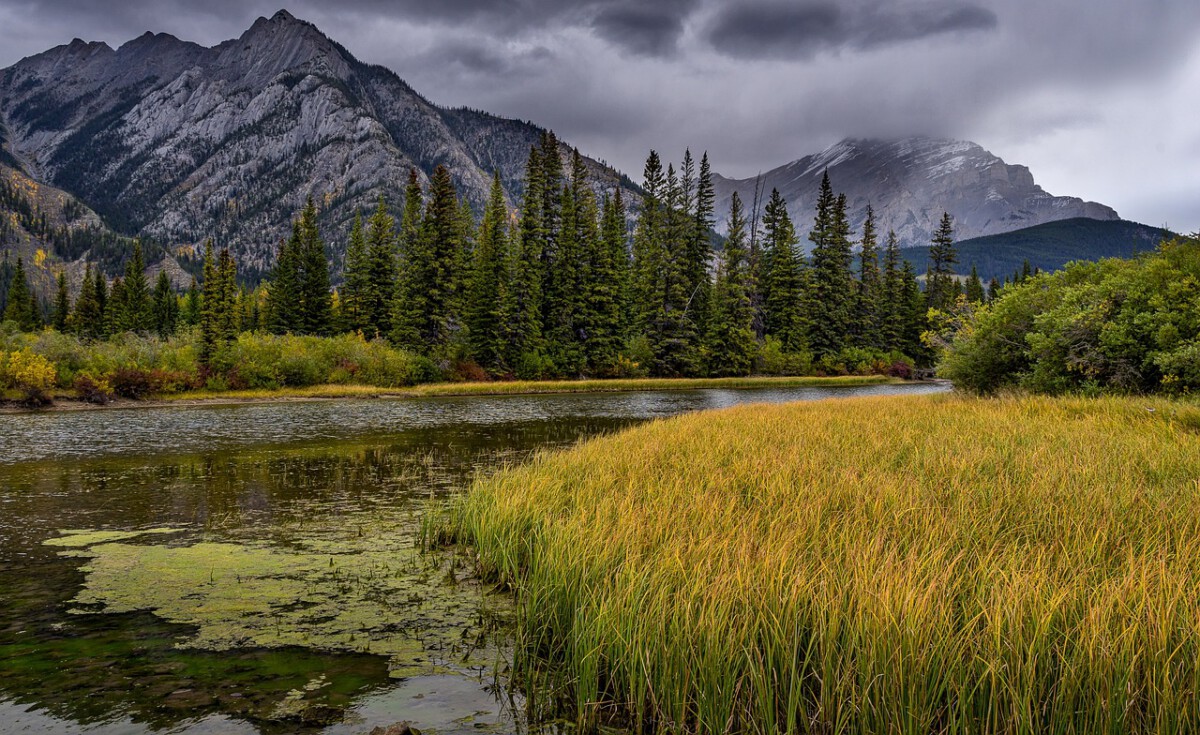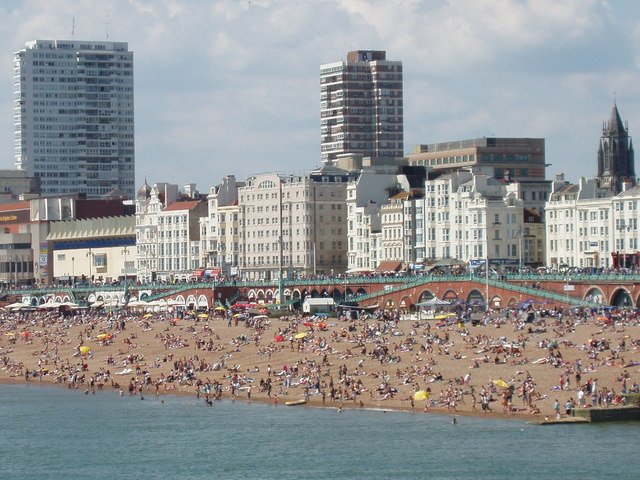Overwhelming Visitor Numbers Breaking All Records
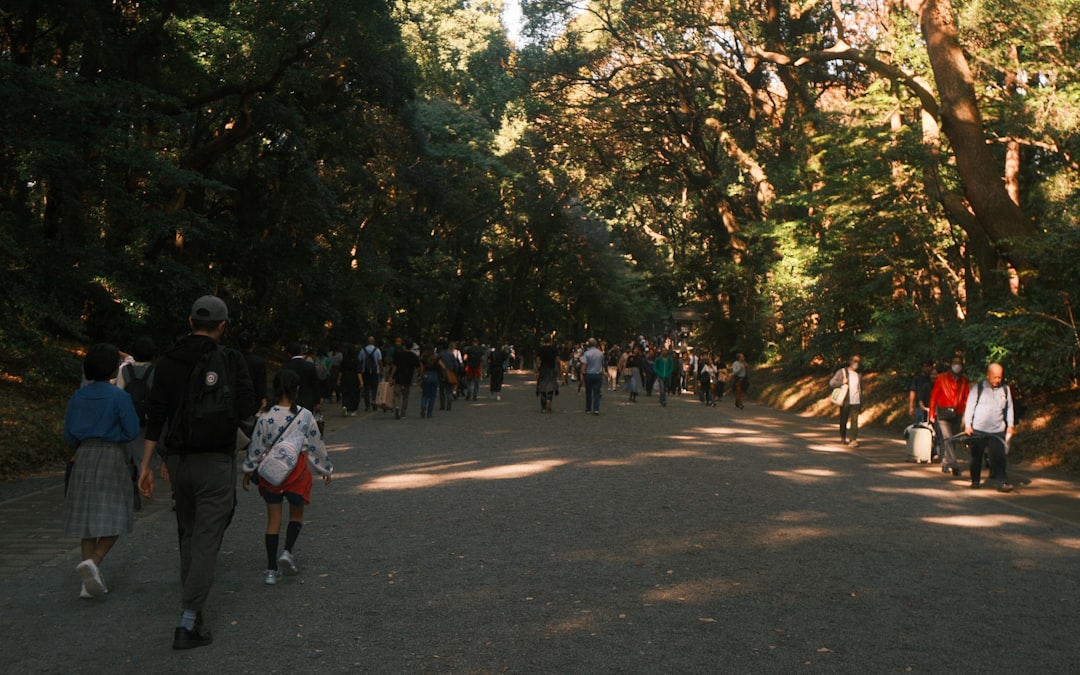
You might think national parks are just pretty backdrops for Instagram photos, but the numbers tell a completely different story. The National Park Service reported a record 331.9 million recreation visits in calendar year 2024, which is an increase of 6.36 million recreation visits, or 2%, from 2023. Think about that for a second – more people visited our national parks in 2024 than the entire population of the United States. America’s 400 national parks had 325 million visitors last year. These aren’t just casual weekend hikers either. Last year, visitors spent 1.4 billion hours at national park sites. That’s like having 160,000 people working full-time jobs just by being in parks all year long.
Fighting Climate Change on the Front Lines
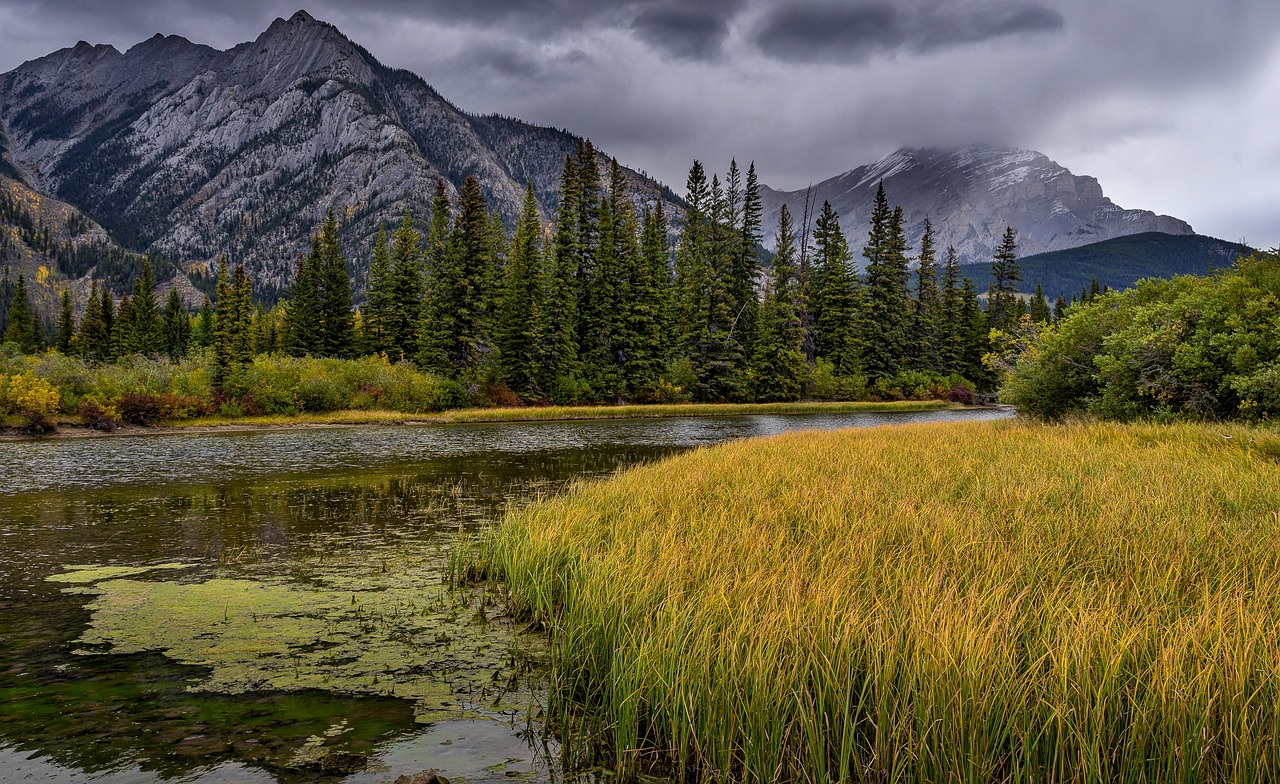
There’s evidence that the U.S. National Park System is experiencing greater warming from climate change than the U.S. as a whole. This isn’t some distant future problem – it’s happening right now in our most treasured places. Climate change and staffing shortfalls bring new threats to the world’s first national park as it prepares for peak season. But here’s the surprising part: parks are actually fighting back. Joshua Tree National Park generates 40% of its energy from renewable sources. The 58 parks in the region have set a target of carbon neutral for park operations by 2016 and now generate over 4% of their energy from renewable sources. These aren’t just pretty landscapes anymore – they’re climate laboratories showing us how to live sustainably.
Economic Powerhouses Driving Local Communities
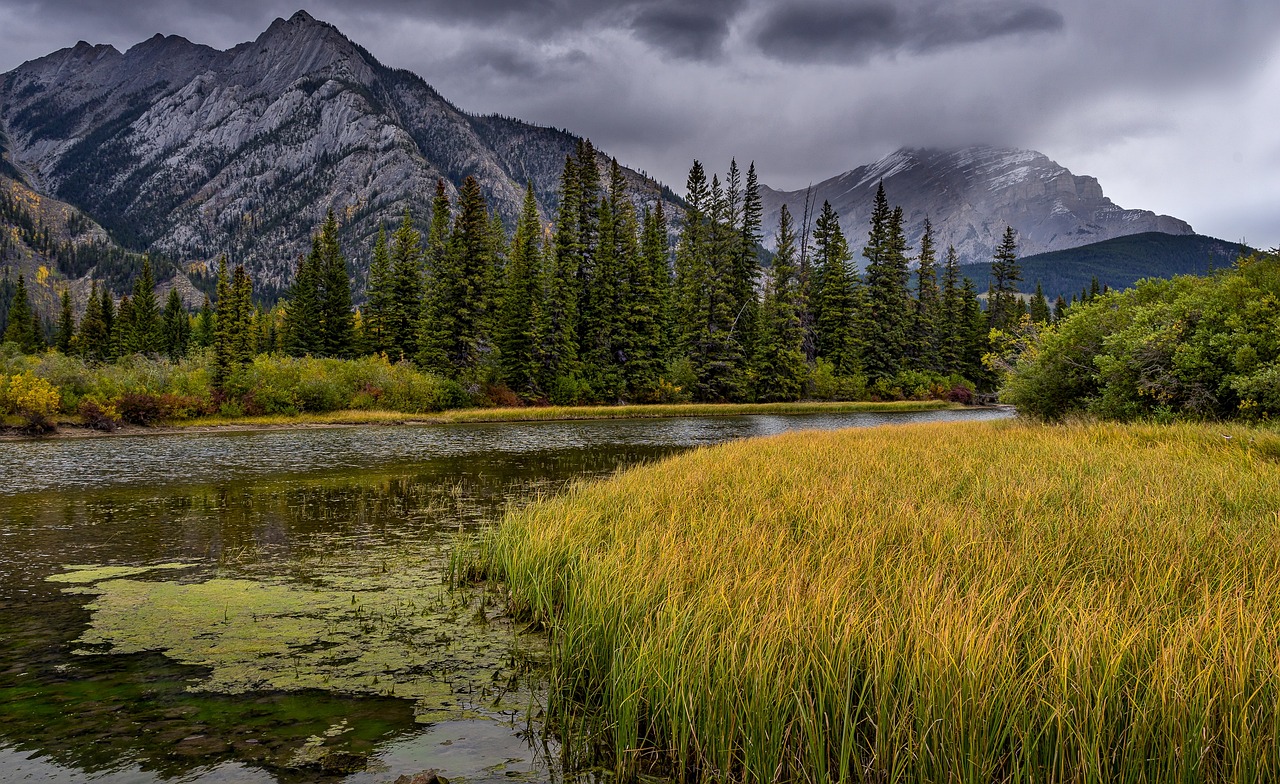
Here’s something that might shock you: national parks are absolute economic juggernauts. Visitor spending in communities near national parks in 2023 resulted in a record high $55.6 billion benefit to the nation’s economy and supported 415,400 jobs. To put that in perspective, that’s more than the GDP of some entire countries. Annual appropriations for the NPS totaled $3.3 billion in fiscal year 2022, effectively turning a $1 investment in national parks into a more than $10 boost to the nation’s economy. Think about that return on investment – it’s better than most Wall Street funds. The lodging sector had the highest direct contributions with $9.9 billion in economic output and 89,200 jobs. Restaurants received the next greatest direct contributions with $5.2 billion in economic output and 68,600 jobs.
Hidden Gems Experiencing Explosive Growth

While everyone knows about Yellowstone and Grand Canyon, something fascinating is happening at lesser-known parks. The National Park of American Samoa, for example, reported 1,887 visits in 2022 — and 12,135 in 2023! That’s a 543% increase in just one year. After sharp declines during recent years, National Park of the American Samoa saw an 86% increase in recreational visitors over the past year. The NPS also highlighted 20 parks and historical sites that broke visitation records in 2023, including Joshua Tree, which did seem to be heavily featured on Instagram feeds last year. The popular southern California destination with its twisty trees and desert vibes saw a record-breaking 3.2 million visits in 2023. These aren’t accidents – people are actively seeking out unique experiences away from the crowds.
Mental Health Sanctuaries in Stressful Times
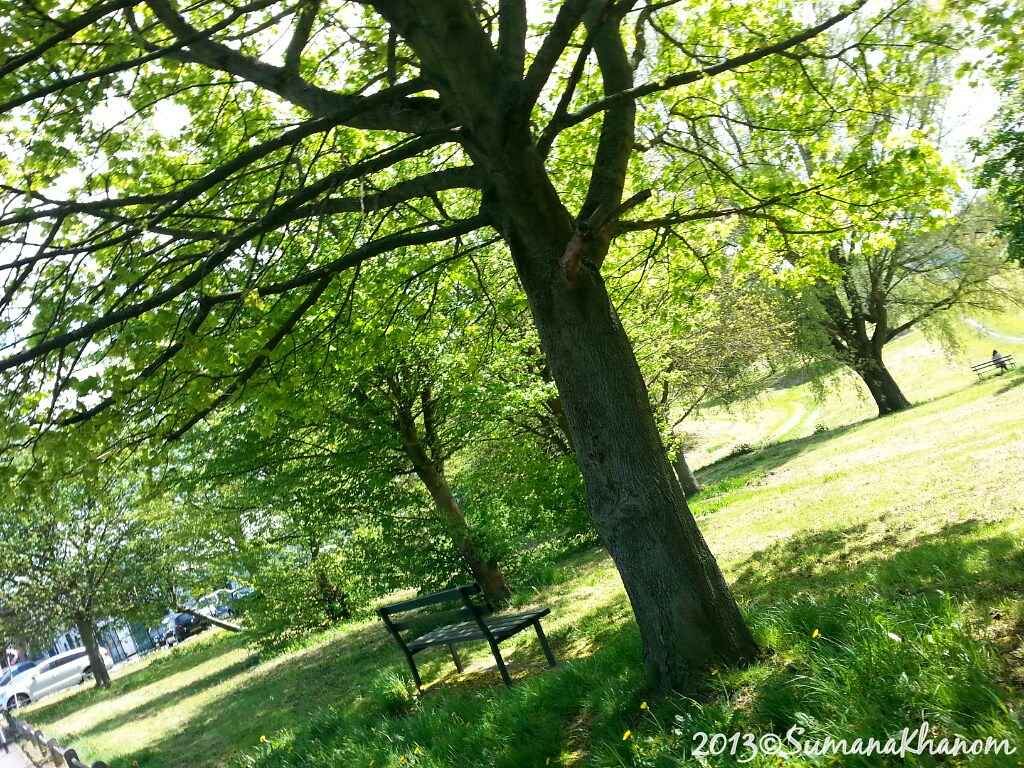
After years of pandemic isolation and digital overload, people are desperately seeking real nature connections. National parks offer something you can’t get from a screen – genuine peace and perspective. The data shows people aren’t just visiting; they’re staying longer and coming back more often. Recreation visitor hours hit 1,400,000,000, which is a 4 percent jump from 2022. When someone spends 1.4 billion hours somewhere, they’re not just sightseeing – they’re healing. Parks have become the therapy offices of America, providing mental health benefits that no app or prescription can match. The silence of a forest, the vastness of a canyon, the rhythm of waves – these are experiences that reset our stressed-out brains.
Educational Centers for Future Generations

National parks aren’t just preserving landscapes; they’re preserving knowledge and inspiring the next generation of scientists, conservationists, and environmentally conscious citizens. In a study by Yale University, many Americans said they’d act on climate change if someone they liked and respected encouraged them to. A 2024 Pew Research Center survey found that most Americans have a high opinion of the National Park Service. This trust translates into real educational impact. What visitors learn on park webpages can thus help encourage meaningful discourse on climate change between them and their relatives, friends, and communities. Parks are becoming classrooms where families learn about ecology, geology, history, and conservation in ways that stick with kids for life. These experiences create the environmental advocates of tomorrow.
Protecting America’s Last Wild Spaces
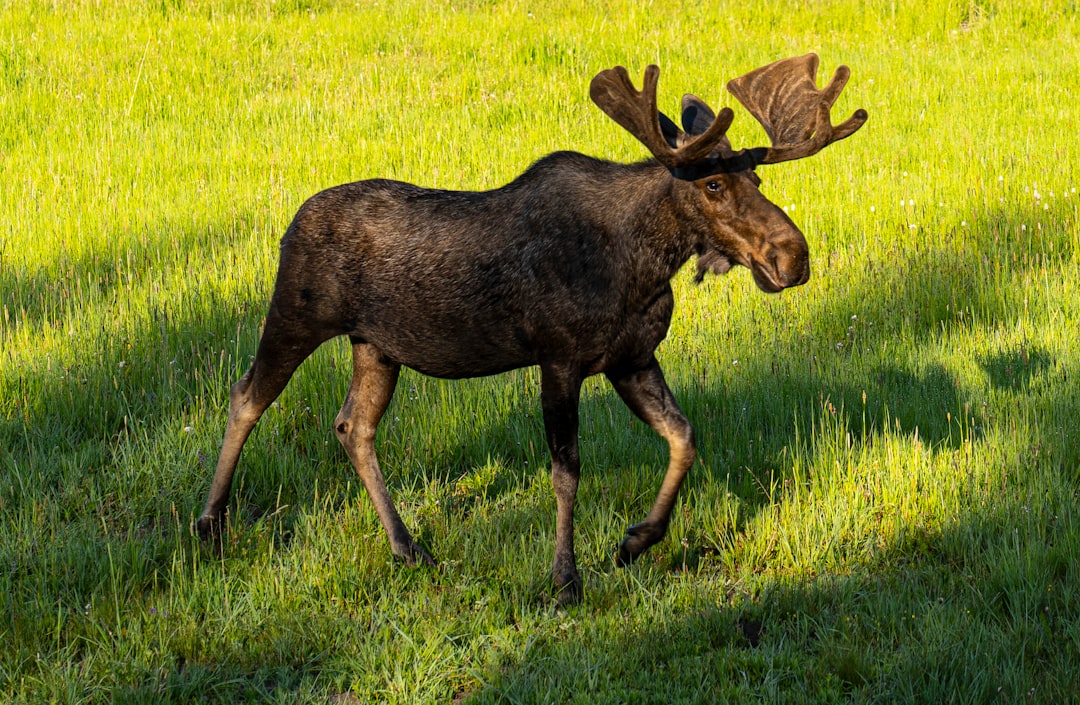
In a country where development seems to gobble up every square inch, national parks represent our final stand for wilderness. They’re not just protecting pretty views – they’re preserving entire ecosystems that took millions of years to develop. Critical coastal ecosystems such as wetlands, estuaries, and coral reefs are particularly vulnerable to climate change. Such ecosystems are among the most biologically productive environments in the world. Without parks, these irreplaceable habitats would be strip malls and subdivisions by now. Changes have already been observed as coral bleaching and disease caused by increased sea surface temperatures led to the loss of more than 50 percent of coral. Parks are literally the arks preserving species that might otherwise disappear forever.
Innovation Labs for Sustainable Tourism
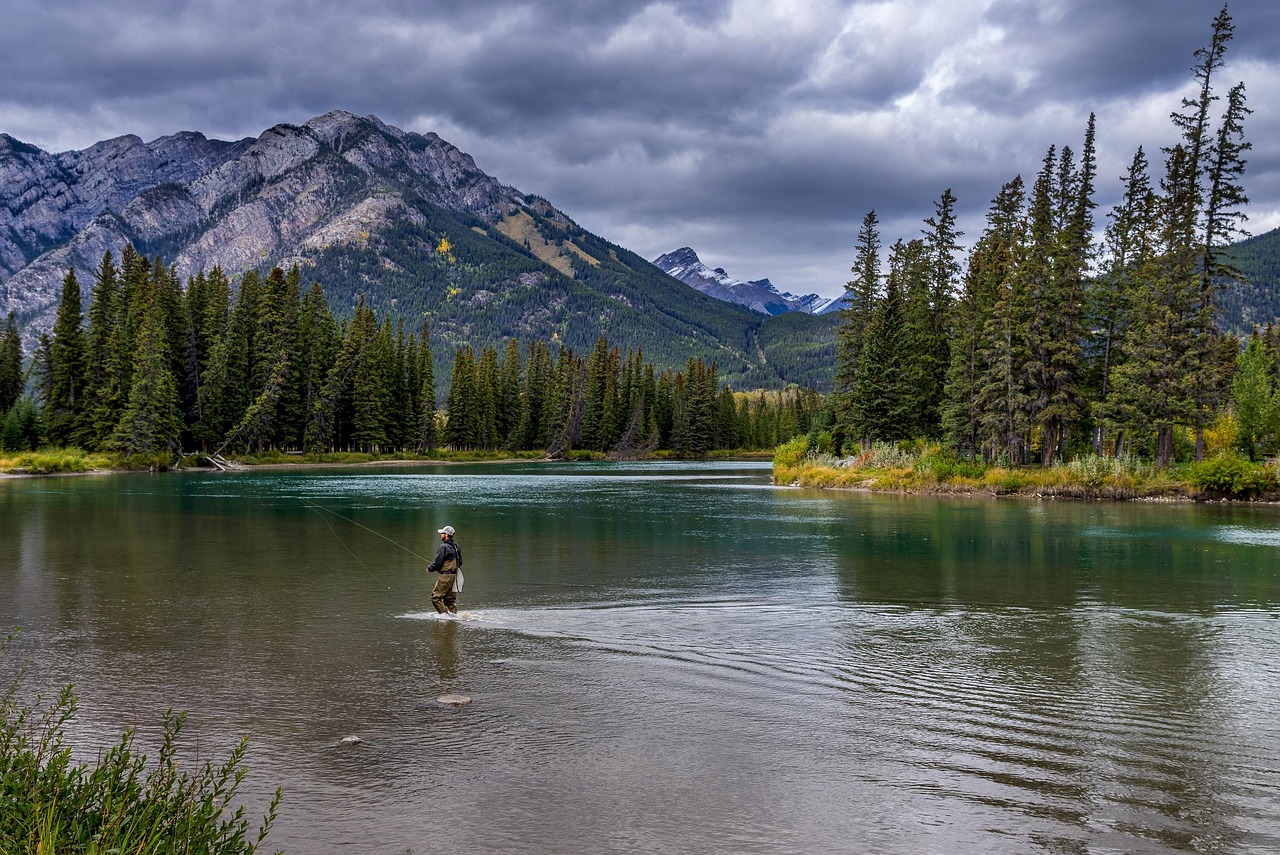
National parks are pioneering how tourism can work without destroying what people come to see. They’re testing reservation systems, shuttle services, and crowd management techniques that other destinations worldwide are copying. To help reduce long lines, some popular national parks have also implemented timed-entry permits and reservation systems, including Rocky Mountain National Park in Colorado and Glacier National Park in Montana. These innovations are crucial because 28 parks setting new visitation records in 2024. Parks are figuring out how to handle massive popularity while preserving the very qualities that make them special. It’s like solving a puzzle where you need more visitors for funding but fewer visitors for conservation – and they’re actually succeeding.
Cultural Heritage Preservation Beyond Nature
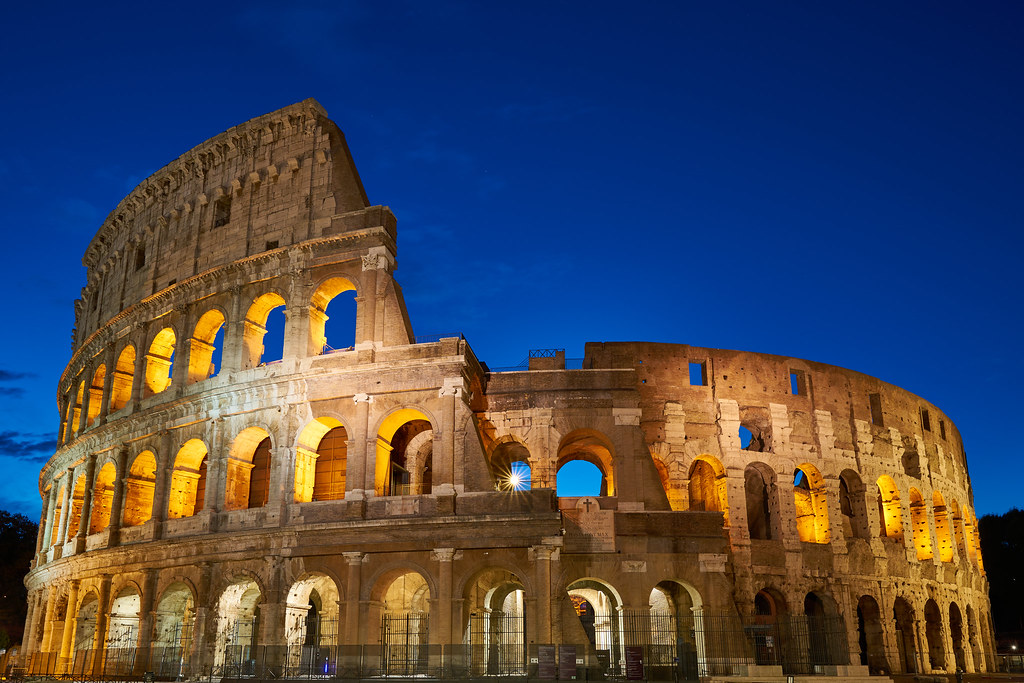
Many people think parks are just about landscapes, but they’re also protecting thousands of years of human history and cultural heritage. From ancient Native American sites to Civil War battlefields to historic buildings, parks preserve stories that define who we are as Americans. In 2023, national parks were the most popular type of NPS-managed site, accounting for 28 percent of all recreation visits. National recreation areas made up 16 percent of all visits, followed by national memorials at 13 percent. These aren’t just tourist attractions – they’re time machines that connect us to our ancestors and help us understand how we got here. Without parks protecting these sites, developers would have bulldozed our history decades ago.
Research Centers for Critical Scientific Studies
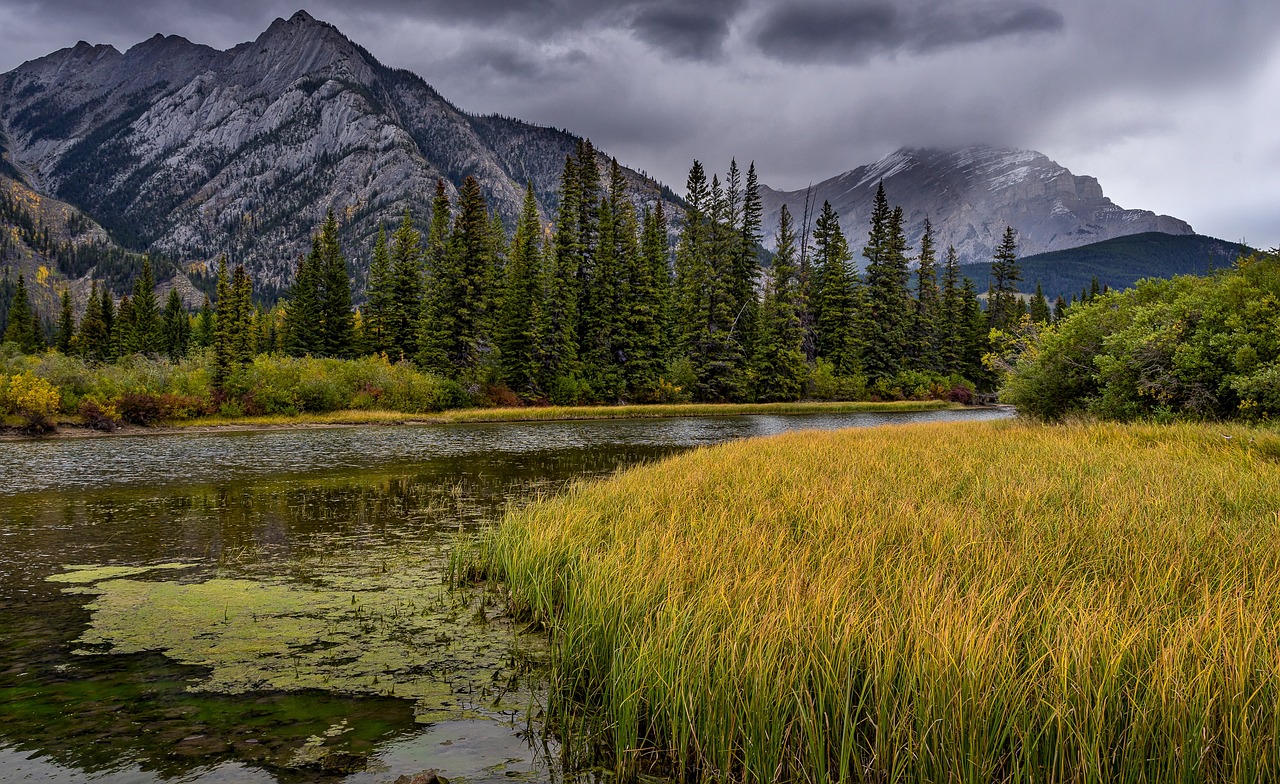
National parks serve as living laboratories where scientists conduct research that benefits the entire world. From studying wildlife migration patterns to monitoring air and water quality to researching climate change impacts, parks provide controlled environments for crucial scientific work. A 2019 assessment found that more than 11 percent of U.S. national parks had climate change webpages for public education. Internal data showed that number had grown to more than 21 percent in 2024. That’s about an 85 percent increase in five years, an enormous investment in digital climate communications across the agency. The data collected in parks helps inform policy decisions, conservation strategies, and our understanding of environmental changes happening globally. Without these research opportunities, we’d be flying blind when making decisions about our planet’s future.
Job Creation in Rural America

While urban areas grab headlines for job growth, national parks are quietly creating hundreds of thousands of jobs in rural communities that often struggle economically. In 2023, there were 415,400 jobs in local economies tied to supporting National Park visitors, generating $19.4 billion in wages and salaries. Nearly 60% of these jobs directly supported park visitors, while the remaining 40% were secondary effect jobs created by the local economy. These aren’t just seasonal tourism jobs either – they’re year-round positions in hospitality, retail, guiding, transportation, and support services. The highest share of jobs supporting park visitors were in lodging and restaurants. For small rural towns near parks, tourism provides economic stability that mining, logging, or agriculture can no longer guarantee. Parks are becoming the economic anchors keeping rural America alive.
Political Controversies Threatening Future Access

Despite their popularity and economic importance, national parks face unprecedented political challenges. There is no external communications rollout for 2024 visitation data,” states an internal park service memo shared by Resistance Rangers, a group of current and former park service employees who have been organizing protests across the country. An internal memo shows that National Park Service staff has been told to keep quiet about staggering visitation amid slashes to funding and staff. This is happening right when parks need support most. The record numbers come as mass firings of national park staffers, numbering around 1,000, have been carried out. The New York Times reported Wednesday that the Trump administration does not want to draw attention to the visitation figures, according to an NPS memo. It’s like trying to run a hospital while firing doctors and nurses – something has to give, and it’s usually service quality and safety.
Why would anyone want to silence the success story of American national parks? With record-breaking visitor numbers, massive economic benefits, critical climate research, and irreplaceable cultural preservation happening simultaneously, these parks have never been more vital to our nation’s well-being.

